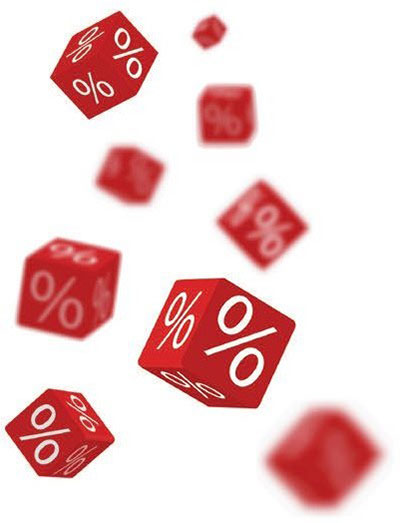Do you know whether your slot has low or high payback?
By Frank Legato
 On July 15, the University of Nevada, Las Vegas released the results of a study performed in Australia to ascertain whether players can notice different payback percentages on identical slot games.
On July 15, the University of Nevada, Las Vegas released the results of a study performed in Australia to ascertain whether players can notice different payback percentages on identical slot games.
Two pairs of identical slot machines were placed at different locations on the floor of a club in suburban Sydney, Australia. The Australian club market was chosen for the study because players there generally stick with their favorite game, and play it repeatedly. In each pairing of games, one machine was set at a low payback percentage— around 85 percent—and the other was set at around 92 percent.
The researchers then studied the play on the test games for nine months, using a formula that combined coin-in and payback percent- age to reveal “theoretical win”—how much a casino could expect to keep of all wagers (the converse of payback percentage).The researchers found that there was little difference in play between low- payback and high-payback programs in the same game, and concluded that players cannot tell the difference between a low payback percentage and a high payback percentage.
I’ve written many articles on this subject over the years, most recently a piece in the June issue of Global Gaming Business that gathered opinions of veteran slot operators on the subject. The gaming professionals agreed that players can’t spot different percentages in any given play session. So do I.
However, I feel the researchers leapt to a wrong conclusion based on this fact alone.
First, the nine-month test compared “player migration” rates, and found few people migrated away from either version of either game. In other words, players weren’t ditching the low-payback versions to seek another game, any more than they did with the high-payback versions.
They used this finding to conclude that players can’t tell the difference between low and high payback. Then, the authors of the report went on to casually refer to what is really the crux of the issue: Coin-in rates were higher on the high-payback versions, while the low- payback versions earned more money for the casino.
Translated, when the payback percentages were higher, people played longer. People played less time, while losing more money, on the lower-payback versions of the same games.
The study calls it “revenue optimization.” I call it price- gouging.
I will happily concede that a player cannot tell the difference between a loose game and a tight game in an individual play session. Even the simplest games have a cycle of hundreds of thousands of results before they go through all possible outcomes. One session on a game will reveal nothing about the payback percentage.
But where players notice the difference is over the long term. Particularly in U.S. tourist casinos— namely, the Las Vegas Strip—players have complained that their bankrolls do not last as long as they did, say, 10 years ago. That was when the U.S. recession hit, and slot play everywhere took a nosedive. Penny games that were already offering programs paying back less than 90 percent went down even further.
In the ensuing decade, the economy recovered, but the payback on the penny games did not budge. Operators kept returns low in the belief players wouldn’t notice.
But players do notice, because people are not getting the same play time for their $50 or $100 that they formerly did.
Charlie Lombardo, a consultant who managed slots at Caesars properties in Las Vegas for years, put it the best in comments for the GGB article:
“It’s almost like saying, here’s a new movie coming out. I’m going to charge you $20 to come see it, and then another $30 for a bucket of popcorn and a couple of drinks. Here, you’ve spent $50, and go in there, and find out it’s a 10-minute movie—they’re no longer two hours long…That’s what we’ve done with slot machines.”
My other problem with the UNLV study is its focus on individual games. The reality for large casinos is that, when buying several units of the same game, they generally have identical payback percentages. Slot operators, in fact, choose payback by policy for each denomination. If one penny game pays 88 percent overall, most of the others are normally close to that as well.
Payback percentage is a matter of policy. And for several years, the policy on the Strip has been to squeeze transient players with lower overall payback.
Many industry experts feel it’s only a matter of time before the high price of slot play comes back to bite the casinos. In the meantime, go to the Strip for the shows, the restaurants and the rest. Drive down the road to the locals casinos to play the slots.


